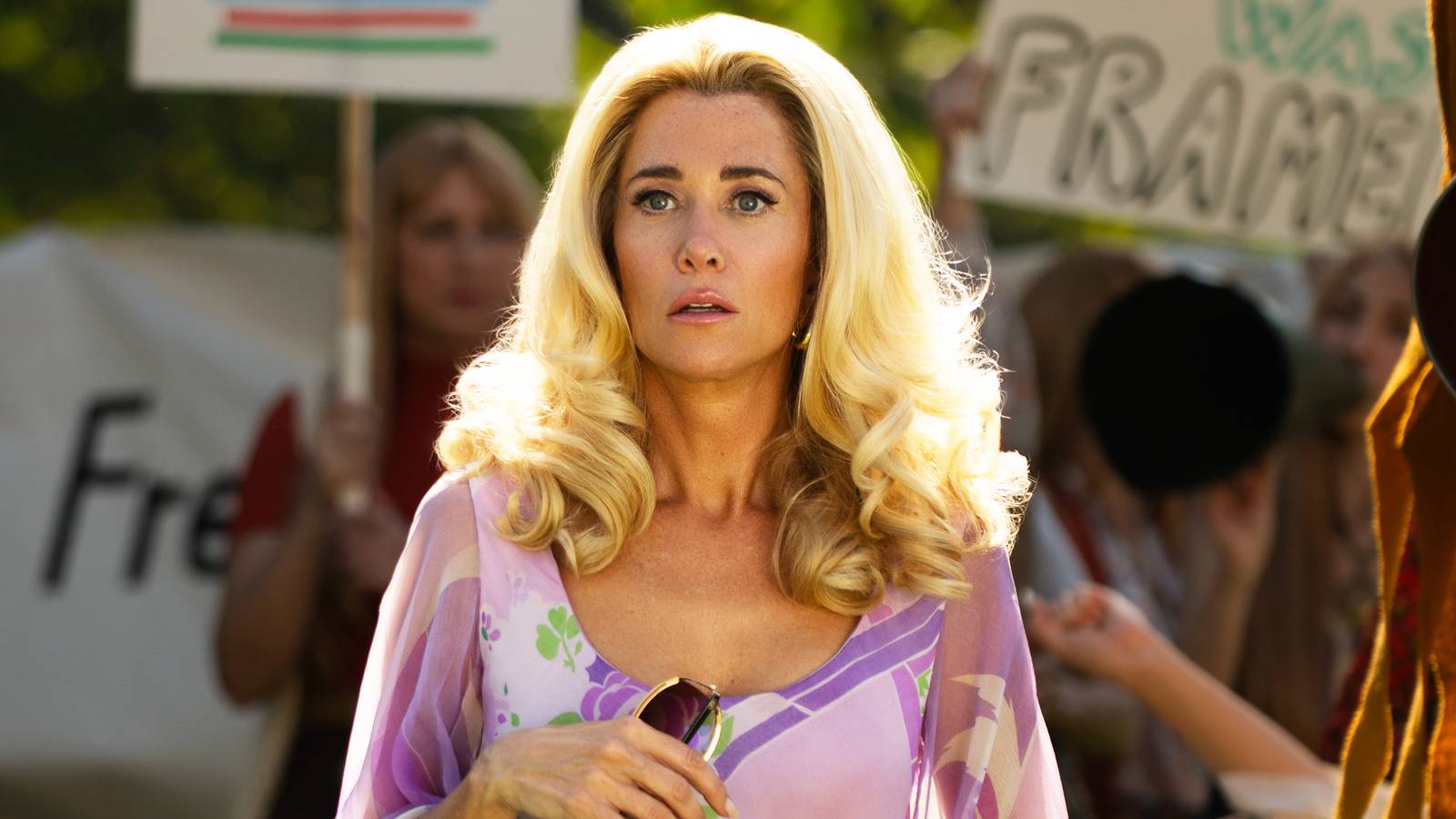The Great Wall That Isn’t The Wall Of China: Benin’s Hidden Legacy

When the phrase “Great Wall” is mentioned, most envision the iconic structure stretching across China’s northern frontier. However, few are aware that Africa boasts its own monumental earthworks—vast, intricate, and largely forgotten. These are the Walls of Benin, a testament to the engineering brilliance and cultural heritage of the ancient Benin Kingdom in present-day southern Nigeria.
This massive system of moats and ramparts stretched an astonishing 16,000 kilometres, making it one of the greatest earthworks in human history and dwarfing even the famed Great Wall of China in length, as it was said to be four times bigger than the wall of China.

Origins and Construction
Construction of the Benin Walls began around 800 AD and continued through 1468, with significant expansions between the 13th and 15th centuries. They were built using manually excavated earth, wood, and thatch. The earth removed from the moats was repurposed to form the towering outer ramparts.
Historians estimate that more than 150 million man-hours were required to build the walls, without any modern machinery. In 1974, the Guinness Book of World Recordsrecognized the Benin Walls as the world’s largest earthworks and the longest man-made structure in the pre-mechanical age, in terms of total length, even surpassing the Great Wall of China in that specific metric.
Their primary purpose was to delineate the royal precinct of the Oba (king) from surrounding areas, serving both defensive and symbolic functions. Defensively, they shielded the palace from threats. Symbolically, they projected power, order, and spiritual authority.

Architectural Features
The Benin Walls were a layered marvel of urban engineering:
Inner Moats and Walls: These enclosed the royal city, protecting the Oba’s palace and central administration.
Outer Moats and Ramparts: These extended across vast territories, encompassing surrounding villages and marking the kingdom’s boundaries.
Strategically placed within this fortification system were nine city gates, which served as access control points into the city: Iya Uzebu, Iya Osuan, Iya Urh’Ogba, Iya Ivbiyeneva, Iya Uhunmwun Idunmwun, Iya Akpakpava (also known as Iya Ok’Edo), Iya Ewaise, Iya Ero, and Iya Isekhere
These gates were not only physical entry points but also cultural touchstones reflecting the kingdom’s emphasis on order, rituals, and regulated trade.
Cultural and Historical Significance
The Walls of Benin were more than just fortifications—they were expressions of a highly organized, centralized society. They stood as a symbol of the Edo people's engineering mastery and governance.
However, colonial incursions disrupted this legacy. In 1897, the British punitive expedition ransacked Benin City, destroying much of its infrastructure and looting its treasures. Large sections of the walls were dismantled during this invasion, leading to an irreversible loss of cultural heritage.
Preservation, Legacy, and Misconceptions
Today, remnants of the Benin Walls remain scattered across Benin City and nearby villages. Yet, they are under continuous threat from urbanization, erosion, and lack of awareness.
Efforts are now being made by historians, archaeologists, and local authorities to document and protect what remains. The walls have been proposed for UNESCO World Heritage status,
a move that could help preserve this global treasure.
But despite their historical significance, many still question the reality of the Benin Walls. Why?
.jpg)
Colonial narratives intentionally downplayed African achievements and erased visible traces through destruction.
The walls were made of earth and wood, unlike stone castles or temples, so they didn't endure visibly over time.
There is limited archaeological excavation and global education about African pre-colonial civilizations.
Many stories of the walls are rooted in oral tradition, making them easy to dismiss in a world that often values written evidence over spoken history.
Some dismiss the Walls as myth or exaggeration. Others say: "If it was that great, why haven't we seen it?" But these questions reveal more about modern bias than historical truth.
A Forgotten Wonder
The Benin Walls stand not just as earthworks but as echoes of a kingdom that flourished in governance, architecture, and military strategy centuries before colonial contact.
"Imagine standing before an ancient red-earth wall, vines creeping over the ridges of a forgotten empire, where each mound and moat tells a story of a people who engineered security, power, and identity with their bare hands."
They are not merely part of Nigeria’s past—they are part of the world’s shared heritage. It's time we remember them as such.
You may also like...
Super Eagles' Shocking Defeat: Egypt Sinks Nigeria 2-1 in AFCON 2025 Warm-Up

Nigeria's Super Eagles suffered a 2-1 defeat to Egypt in their only preparatory friendly for the 2025 Africa Cup of Nati...
Knicks Reign Supreme! New York Defeats Spurs to Claim Coveted 2025 NBA Cup

The New York Knicks secured the 2025 Emirates NBA Cup title with a 124-113 comeback victory over the San Antonio Spurs i...
Warner Bros. Discovery's Acquisition Saga: Paramount Deal Hits Rocky Shores Amid Rival Bids!

Hollywood's intense studio battle for Warner Bros. Discovery concluded as the WBD board formally rejected Paramount Skyd...
Music World Mourns: Beloved DJ Warras Brutally Murdered in Johannesburg

DJ Warras, also known as Warrick Stock, was fatally shot in Johannesburg's CBD, adding to a concerning string of murders...
Palm Royale Showrunner Dishes on 'Much Darker' Season 2 Death

"Palm Royale" Season 2, Episode 6, introduces a shocking twin twist, with Kristen Wiig playing both Maxine and her long-...
World Cup Fiasco: DR Congo Faces Eligibility Probe, Sparks 'Back Door' Accusations from Nigeria

The NFF has petitioned FIFA over DR Congo's alleged use of ineligible players in the 2026 World Cup playoffs, potentiall...
Trump's Travel Ban Fallout: African Nations Hit Hard by US Restrictions

The Trump administration has significantly expanded its travel restrictions, imposing new partial bans on countries like...
Shocking Oversight: Super-Fit Runner Dies After Heart Attack Symptoms Dismissed as Heartburn

The family of Kristian Hudson, a 'super-fit' 42-year-old marathon runner, is seeking accountability from NHS staff after...
.png&w=1920&q=75)





